Artistic partner or violent kitsch
I came across a music video that seems to be a sensible use case for using generative models well. The process and the outcome are controlled by the artists, and it doesn’t feel inferior to what they otherwise might have done.
They also published a process video.
This seems to be a better (and somehow lonely) example of what the technology can do, but I’m worried this will push artists to always work this way for the sake of efficiency.
Ghibli and OpenAI
Oh, no. If you missed that, I envy you.
Part 1
The whole story starts with Hayao Miyazaki’s well-documented and passionate hatred towards generative models. Miyazaki is the cofounder of Studio Ghibli (Spirited Away, Princess Mononoke, Kiki’s Delivery Service, …) When a group of engineers presented to him a generated animation sequence in 2016, they recorded the whole event, and Miyazaki did not hold back. I felt it was worth screenshotting all the main digs–enjoy!
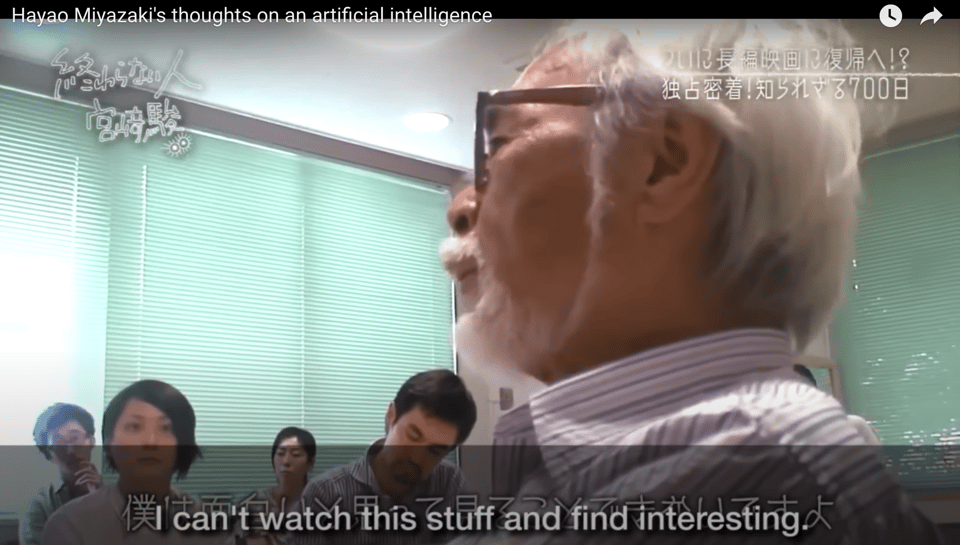
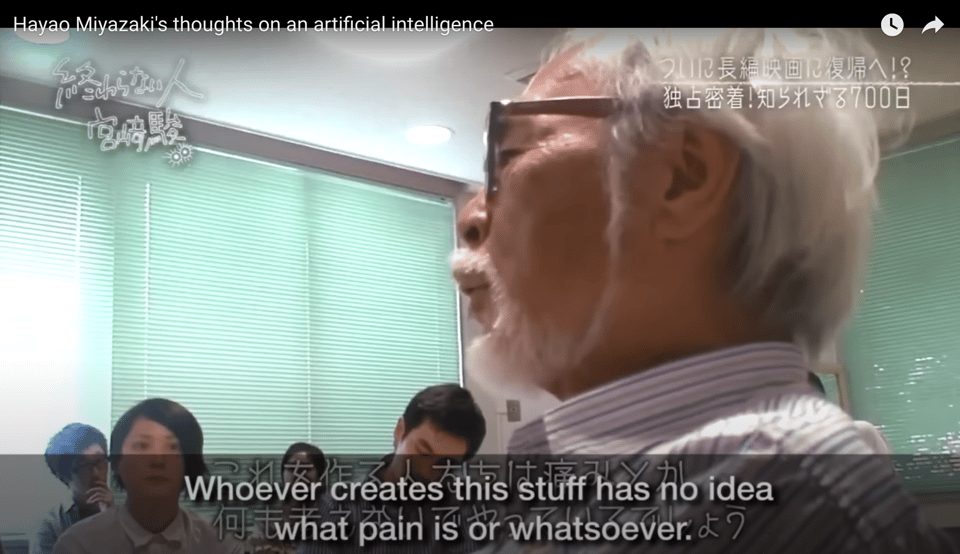
(Reminds me of my previous post: “I think generated images don’t make anyone feel seen, because the results are just wrong enough to show that nobody was really looking.”)
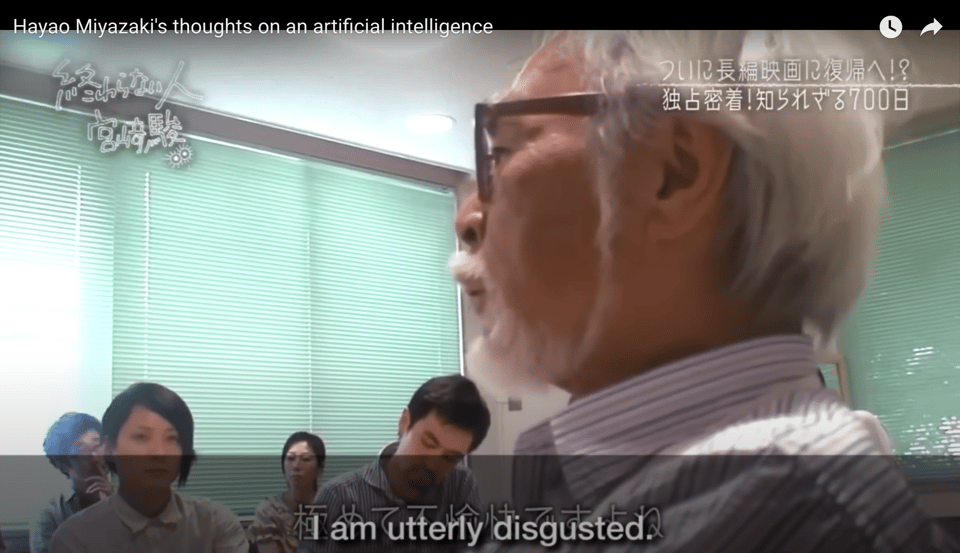
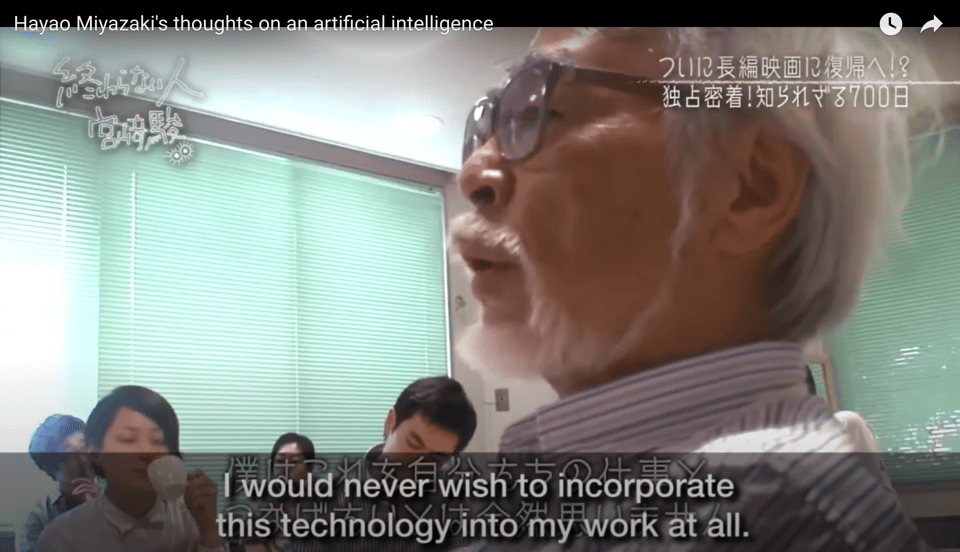
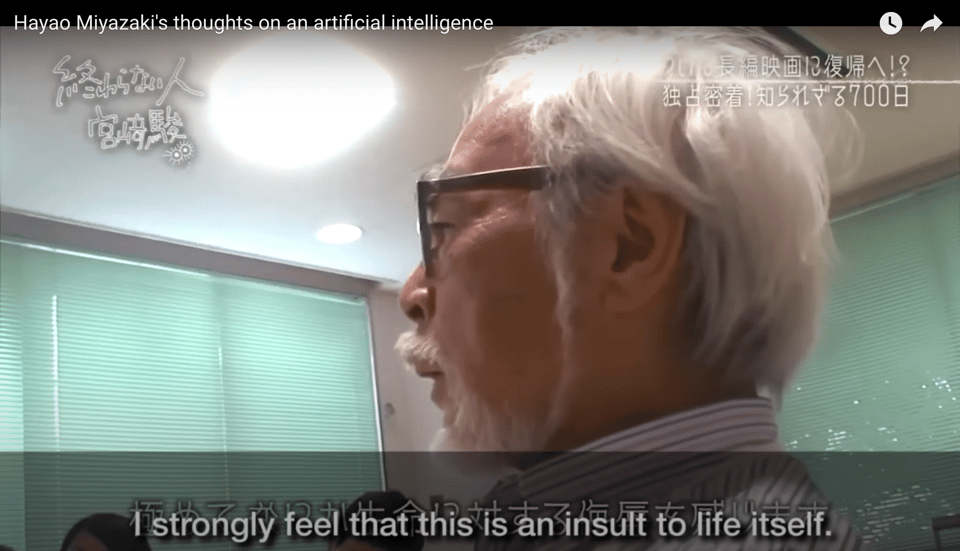
Part 2
Several years passed. ChatGPT et co. happened, and suddenly people could generate images in specific styles (including Studio Ghibli’s), maybe because copyright lawsuits seems unlikely to change anything at this point, maybe it’s the expected (further) lack of regulatory oversight.
It’s hard to see the imitation of this style, developed for a specific set of stories with their own magical world and values, as anything but deliberate taunting. Even Sam Altman, CEO of OpenAI, had a new profile picture that looked like a boy in a Miyazaki movie. This is not the regular banality of kitsch that placed all the Disney princesses on pencil cases and beach towels, flattening the context and the story. No, the Ghibli characters had their inner and outer lives stripped away, and their aesthetic shipped off into foreign narratives.
Here is a cursed sentence straight out of 2025: An X employee used OpenAI's new image tool to turn a photo of a school shooting into a studio ghibli cartoon (875,000 views)
— Charlie Warzel (@cwarzel.bsky.social) 2025-03-28T03:41:36.205Z
This kitsch is violent.
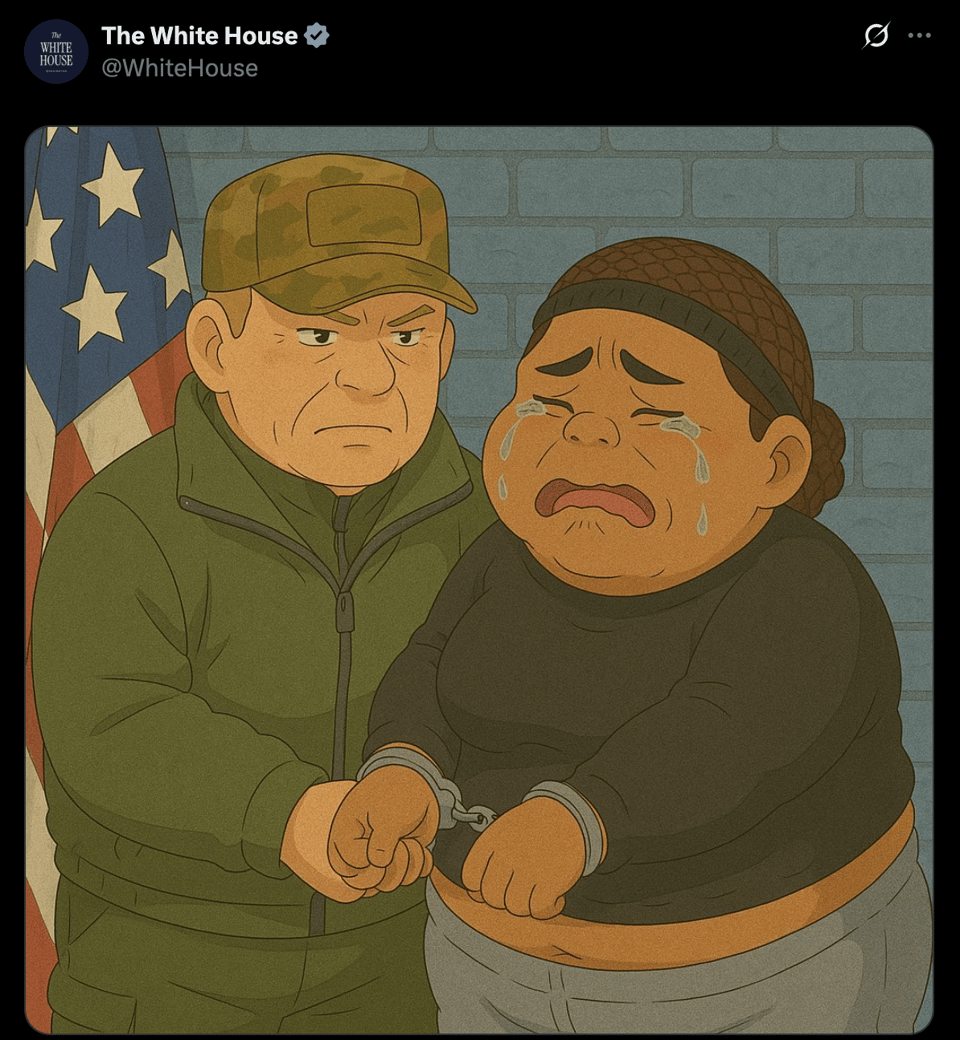
It’s hard to look at the technology and the tool constructively (or at all), when the relational dynamic pushed by generative models is domination, not partnership. Instead of working within and trusting the creation process, like the music video above, OpenAI’s approach is hitting force-quit on both the trust and the process.
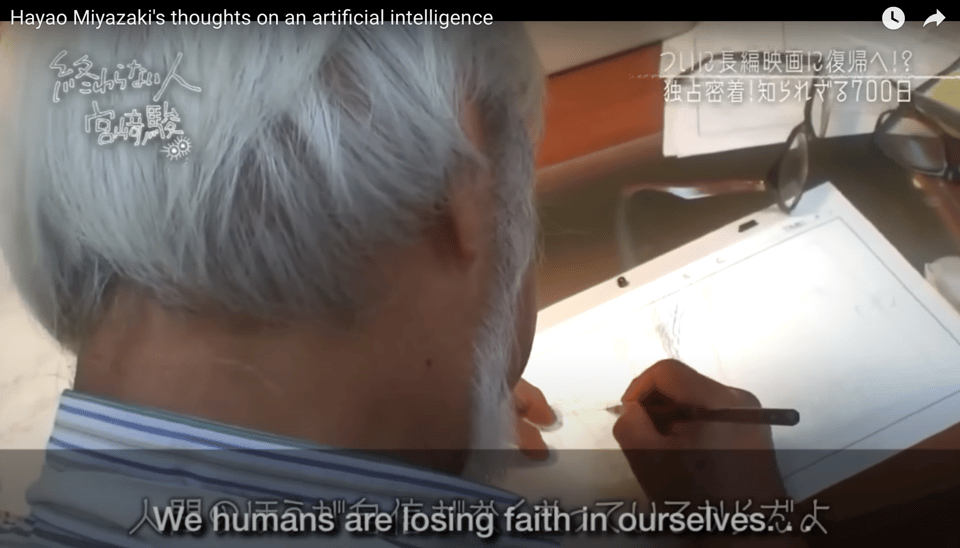
Part 3
But.
If they didn’t value all this artwork, why bother? Despite what tech CEOs might say about creators and art, all this must be worth the lawsuits and lobbying. What’s missing isn’t the recognition of the value in the process, but the respect. If art wasn’t powerful, just interchangeable content, would even the predictable and flattering portraits trigger the powerful people enabling and profiting from all this?
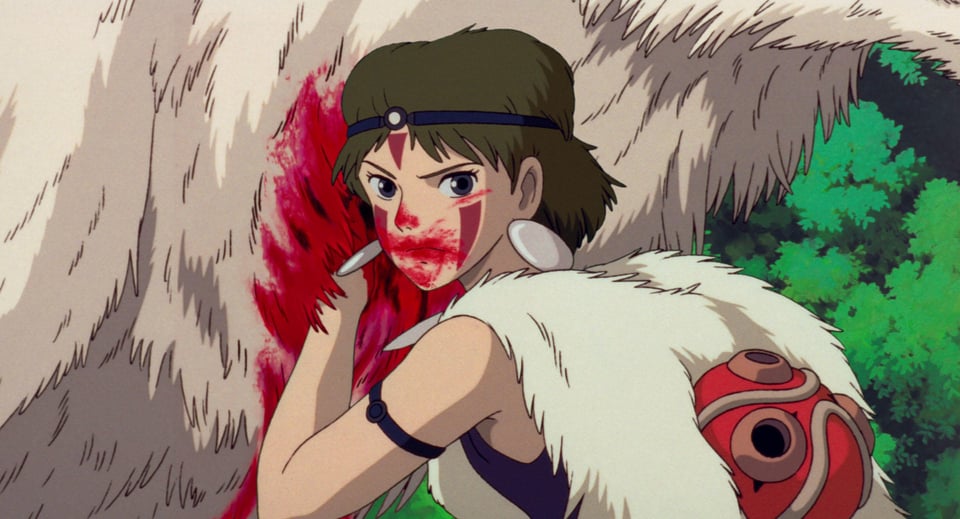
By the way: Studio Ghibli published more than enough high-resolution movie frames to cover entire walls, for free. You can find them here!
P.s. My comics teacher published a new book! Ali Fitzgerald: Squeak, Chatter, Bark is a funny, delightful, and relevant eco-mystery graphic novel on choosing domination or partnership between humans and other animals.